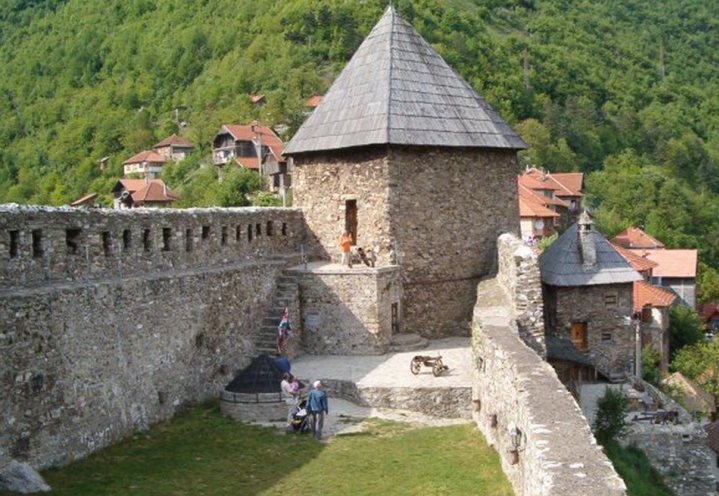The Bosnian Kingdom, situated in the heart of the Balkans, had a rich and significant history, with its coronation being a pivotal event in the formation of the medieval Bosnian state. Here is a chronological overview of key events related to the Bosnian Kingdom and the coronation of its rulers:
Bosnian Bans:
12th century: The beginning of the formation of the Bosnian state with bans as rulers.
Ban Kulin (1180–1204): One of the most prominent bans, known for his trade and diplomacy.
The Kotromanić Dynasty:
14th century: The Kotromanić family becomes a dominant force in Bosnia.
Tvrtko I (1353–1391): Proclaimed himself a king in 1377, elevating Bosnia to a kingdom.
Struggle for the acceptance of the title of king by the Catholic Church.
Coronation of King Tvrtko I:
October 26, 1377: Tvrtko I is crowned in the Church of St. Stephen in Jajce.
The coronation is approved by the Pope, formally recognizing Bosnia as a kingdom.
Tvrtko’s Reign:
Tvrtko I expands the territory of the Bosnian state, including Duvno, Imotski, Travunia, and parts of Dalmatia.
The Bosnian Kingdom becomes a significant player in regional political dynamics.
Ottoman Threat:
Late 14th century: The Ottoman Empire begins to exert influence in the Balkans.
Bosnia faces increasing pressure from the Ottoman Empire.
Struggle and the End of the Kingdom:
After Tvrtko’s death (1391), his successors grapple with internal conflicts and the Ottoman threat.
In the late 15th century, Bosnia falls under Ottoman rule, and the kingdom ceases to exist.
The Bosnian Kingdom and its coronation left a lasting imprint on the history of Bosnia and Herzegovina, representing a period of political and cultural maturity that faced the challenges of Ottoman expansion.


